Can You Put Cat Litter Down the Toilet? 🚽🐱

As a cat owner, you’ve probably wondered at some point, ”Can I put cat litter down the toilet?” ![]()
It seems like a convenient solution, right? But before you start scooping your cat’s waste into the toilet, there are some important factors to consider. Let’s dive into the topic and explore the best practices for managing cat litter.
The Evolution of Cat Litter 📜🐾
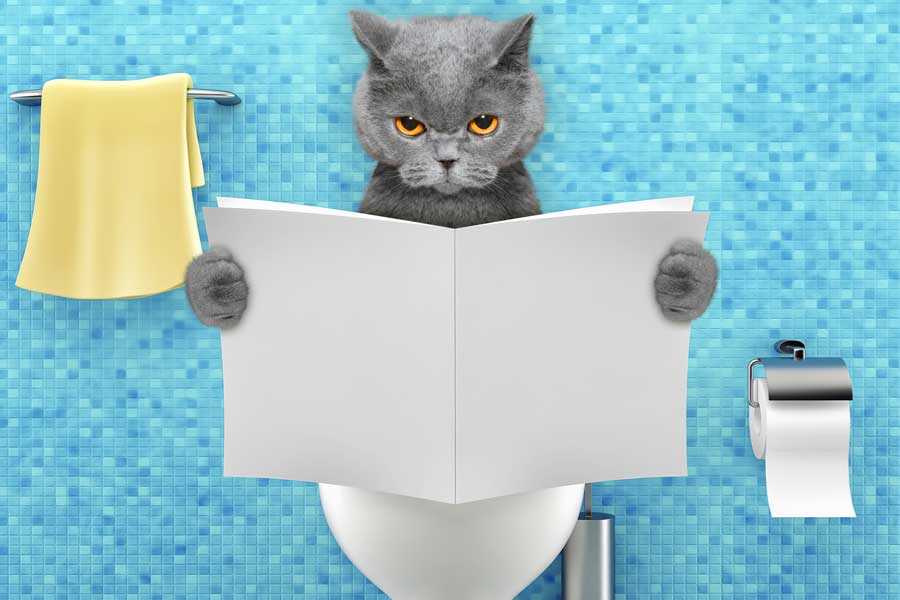
The concept of cat litter was introduced in 1947 by Ed Lowe, a cat lover who wanted to find a solution for indoor cats’ waste management. Before that, most cats were either kept outdoors or had access to both indoors and outdoors. The invention of cat litter allowed cats to comfortably live indoors without creating a mess.
Fast forward to today, the cat litter market in the U.S alone accounted for $3.9 billion in 2018. That’s a lot of litter! However, as we’ve moved further away from Ed Lowe’s time, we’ve also moved further into prioritizing our convenience and aesthetic desires over the natural needs of our cats. ![]()
The Problem with Modern Litter Solutions 🚫🐈
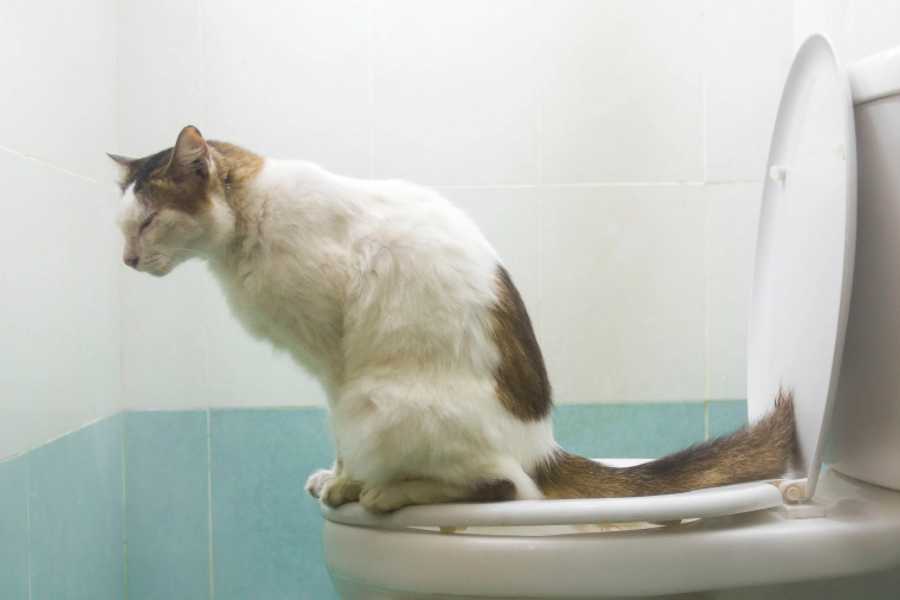
As we’ve strived to make cat litter more convenient and less noticeable for us, we’ve often overlooked the comfort and needs of our cats. For example, many cat owners prefer scented litters to mask the smell of cat waste. However, these heavily scented litters can be overwhelming for cats, who have a much stronger sense of smell than humans.
Similarly, some cat owners opt for crystal litters because they’re more absorbent and control odor better. But these crystals can be uncomfortable for cats to step on, and they’re far from the natural sand or dirt that cats would naturally use to bury their waste. ![]()
The Issue with Hiding Litter Boxes 📦🙈
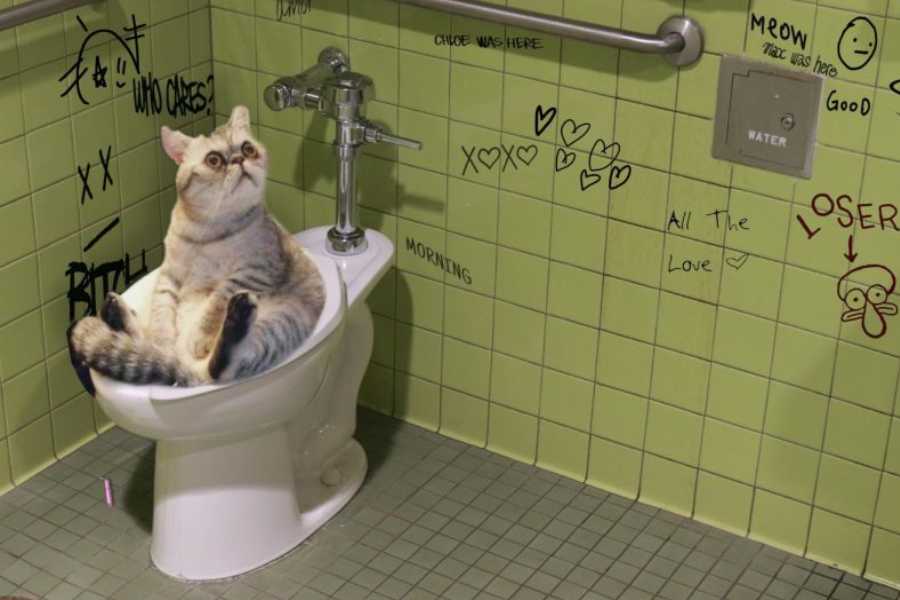
Many cat owners prefer to hide their cat’s litter box in a cabinet or a closet to keep it out of sight. However, this can create a stressful environment for your cat.
Cats are vulnerable when they’re eliminating, and they need to be able to see their surroundings to feel safe. A hidden litter box can make them feel trapped, leading to litter box avoidance and other behavioral issues. ![]()
The Controversy of Toilet Training Cats 🚽😺

Toilet training cats has been a popular trend, but it’s not a practice that’s in the best interest of your cat. Cats have a natural instinct to bury their waste, and a toilet doesn’t provide them with the opportunity to do so.
Additionally, toilet training can be a long and stressful process for your cat. And even if your cat does learn to use the toilet, you’ll miss out on important health indicators that can be found in their waste. ![]()
So, Can You Put Cat Litter Down the Toilet? 🚽🤔
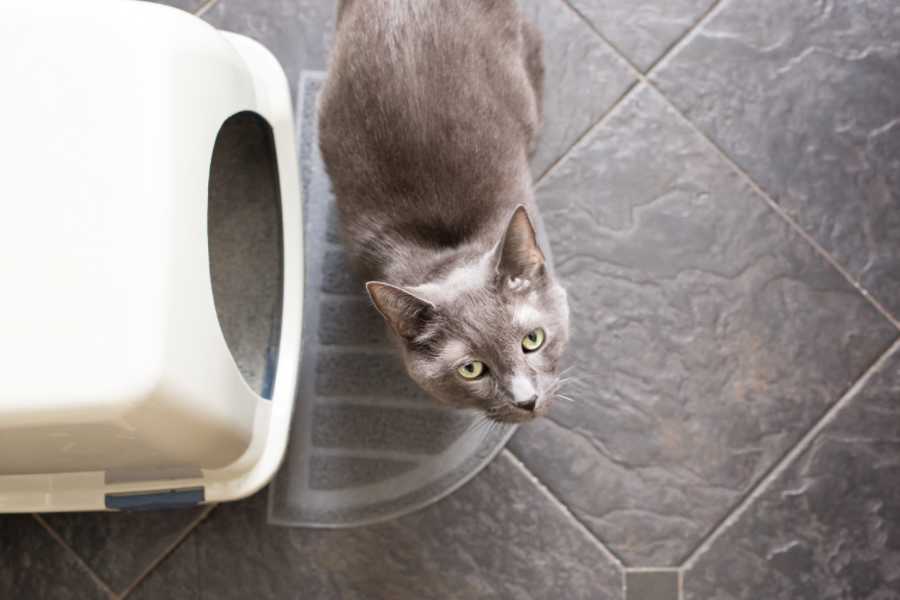
The short answer is no, flushing cat litter down the toilet is not recommended. Not only can it clog your plumbing, but it’s also not environmentally friendly. Most cat litters, even those labeled as “flushable,” do not break down quickly in water and can cause blockages in your pipes or in the sewer system.
Moreover, cat feces can contain a parasite called Toxoplasma gondii, which is harmful to humans and can cause serious illness in pregnant women and people with weakened immune systems. This parasite is not eliminated in the water treatment process and can end up in our waterways, posing a risk to wildlife.
The Best Ways to Dispose of Cat Litter 🗑️👍
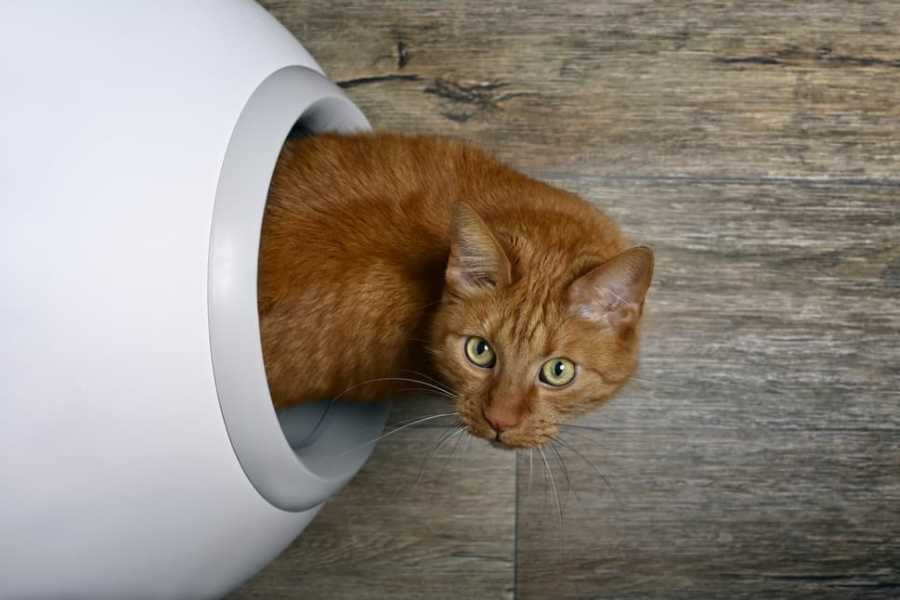
So, if you can’t flush it, how should you dispose of cat litter? The best way is to scoop the waste into a biodegradable bag and dispose of it in your regular trash. If you’re concerned about the smell, you can use a litter disposal system, which seals each scoop of waste in a separate compartment to contain the odor.
If you’re looking for a more eco-friendly solution, you might consider using a compostable cat litter. However, it’s important to note that cat waste should never be used in compost that will be applied to food crops due to the risk of toxoplasmosis. ![]()
In Conclusion 🐱💡
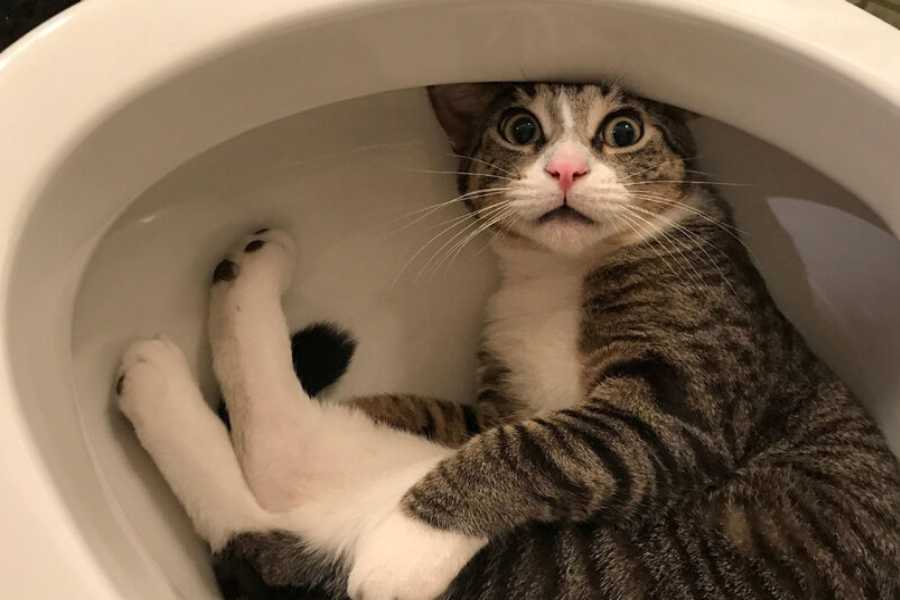
While it might seem convenient to flush cat litter down the toilet, it’s not the best solution for you, your cat, or the environment. By understanding the needs of our cats and the impact of our actions on the environment, we can make better choices for our feline friends and the world we share with them.
Remember, at pawsadviser.com, we’re here to help you make the best decisions for your pets. Whether you’re wondering about why your cat won’t poop in the litter box or how cat years compare to human years, we’ve got you covered with well-researched, easy-to-understand advice. Happy pet parenting!
Tags
Share
Table Of Contents
Related Posts
Quick Links

